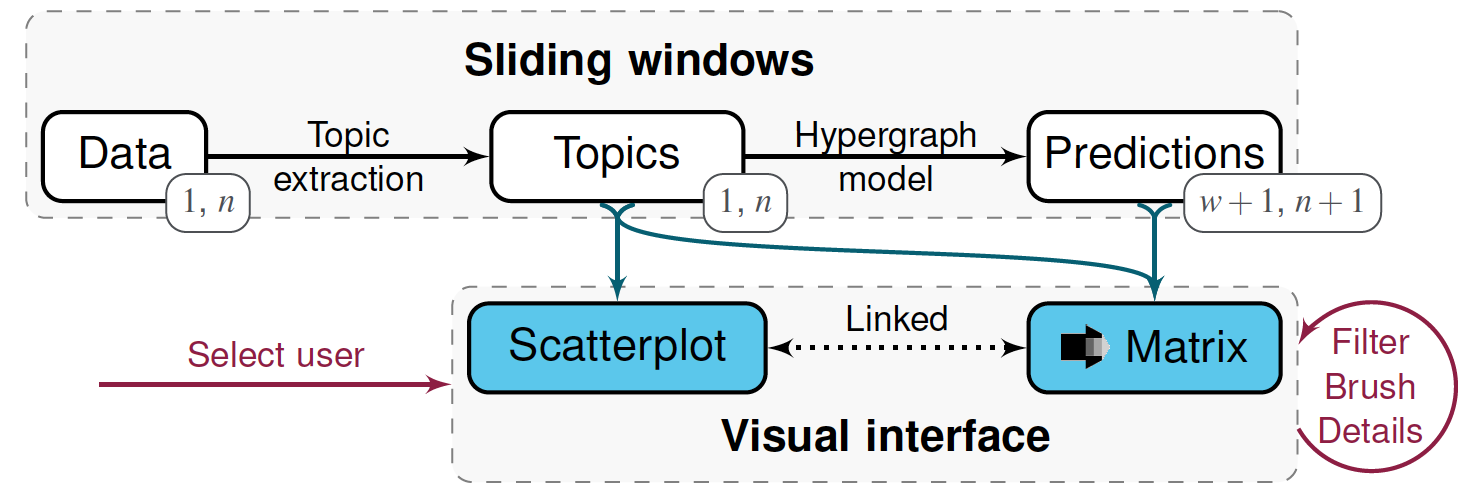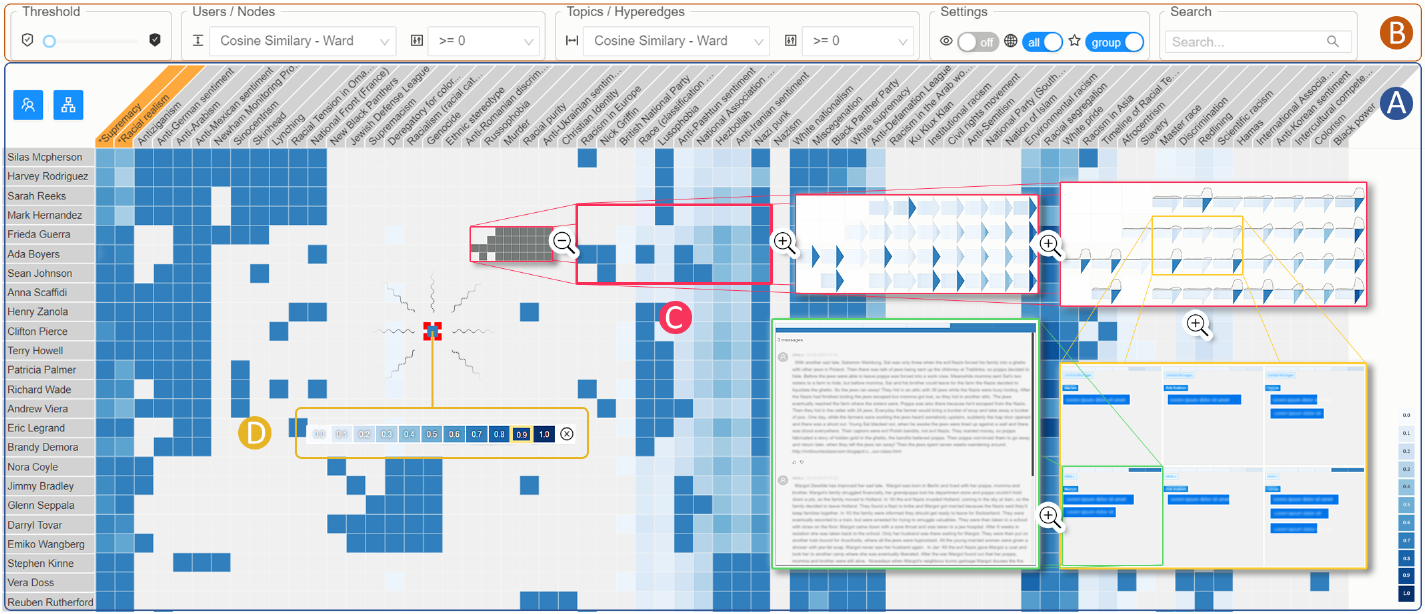Analysis System for GAthered Raw Data
ASGARD has a singular goal, contribute to Law Enforcement Agencies Technological Autonomy and effective use of technology. Technologies will be transferred to end users under an open source scheme focusing on Forensics, Intelligence and Foresight (Intelligence led prevention and anticipation). ASGARD will drive progress in the processing of seized data, availability of massive amounts of data and big data solutions in an ever more connected world. New areas of research will also be addressed. The consortium is configured with LEA end users and practitioners “pulling” from the Research and Development community who will “push” transfer of knowledge and innovation. A Community of LEA users is the end point of ASGARD with the technology as a focal point for cooperation (a restricted open source community). In addition to traditional Use Cases and trials, in keeping with open source concepts and continuous integration approaches, ASGARD will use Hackathons to demonstrate its results. Vendor lock-in is addressed whilst also recognising their role and existing investment by LEAs. The project will follow a cyclical approach for early results. Data Set, Data Analytics (multimodal/ multimedia), Data Mining and Visual Analytics are included in the work plan. Technologies will be built under the maxim of “It works” over “It’s the best”. Rapid adoption/flexible deployment strategies are included. The project includes a licensing and IPR approach coherent with LEA realities and Ethical needs. ASGARD includes a comprehensive approach to Privacy, Ethics, Societal Impact respecting fundamental rights. ASGARD leverages existing trust relationship between LEAs and the research and development industry, and experiential knowledge in FCT research. ASGARD will allow its community of users leverage the benefits of agile methodologies, technology trends and open source approaches that are currently exploited by the general ICT sector and Organised Crime and Terrorist organisations.
Research Questions
- Establishing a community of LEAs, Industry/SMEs, and RTOs/Academia which will successfully collaborate to define, develop, share, and evolve open source big data technology solutions that will help LEAs prevent and fight crime and terrorism
- Generate a visual analytics framework that integrates and orchestrates data analysis, visualizations, and interactions to support the LEAs tasks
- Develop analytical tools that can be used by LEAs in order to derive useful knowledge and insights from large amounts of heterogeneous data, especially from social media interactions and text communications
Selected Results
Most of the research in this research project focuses on the development of new techniques, models and frameworks for the visual analysis of large amounts of social media interactions and text communications. As part of that we contributed:

A novel technique to support experts in their understanding of arbitrary, timestamped interactions, enabling a feature-driven investigation of relevant communication episodes, by modeling the bi-directional communication events, as a continuous communication density function. Additionally, we introduce features based on the communication density and other communication parameters which characterize the bi-directional communication behavior in individual episodes.

A visual analytics framework for the assessment of temporal hypergraph prediction models. We introduce its core components: a sliding window approach to prediction and an interactive visualization for partially fuzzy temporal hypergraphs. Our visual interface focuses on a single user in his context and combines detailed information on predictions, training, and holdout data.

A novel, interactive framework for temporal hypergraph exploration through the use of semantic zooming relying on a multi-level matrix-based approach and various exploration concepts. The technique incorporates a geometric deep learning model as a blueprint for problem-specific models while integrating visualizations for graph-based and category-based data with a novel combination of interactions for an effective user-driven exploration. We facilitate a focused analysis of relevant connections and groups based on interactive user-steering for filtering and search tasks, a dynamically modifiable partition hierarchy, various matrix reordering techniques, and interactive model feedback.
Apart of that the work also lead to advances in theoretical research, for instance, by shedding light on the similarities and differences of a multitude of projection techniques and the influence of features and parameters on data-representations and providing a data-driven intuition on the relation of projections. Postulating that depending on the task and data, a different choice of projection technique, or a combination of such, might lead to a more effective view.
Fundings
This project has received funding from the European Union’s Horizon 2020 research and innovation programme under grant agreement No 700381.

